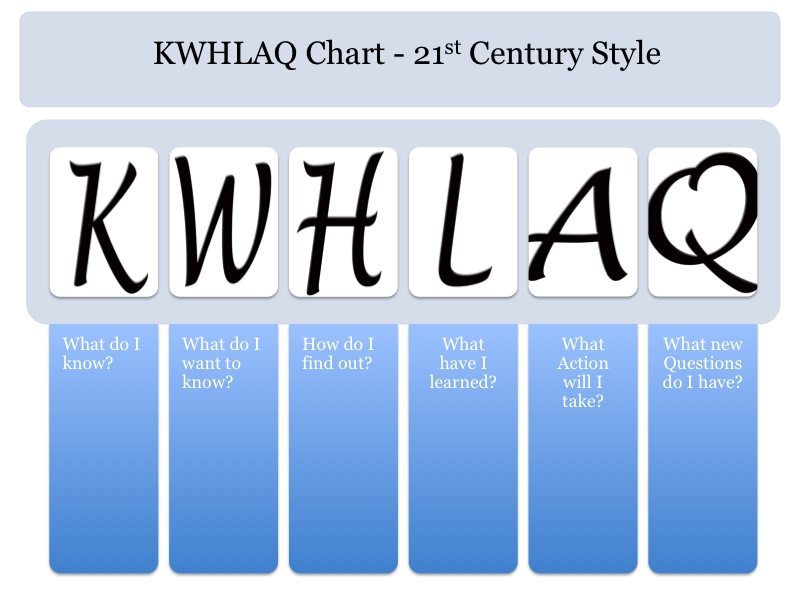 If you could learn about anything, what would you choose to learn? If you gave this freedom to your students, what would they choose? Last fall, Patti Grayson shared with a few friends and me her “Free To Learn” concept. This past week, I have mentioned her “Free to Learn” approach to teaching and learning a few times and it has caused some fellow educators to stop mid-sentence, mid-thought and say…huh?
If you could learn about anything, what would you choose to learn? If you gave this freedom to your students, what would they choose? Last fall, Patti Grayson shared with a few friends and me her “Free To Learn” concept. This past week, I have mentioned her “Free to Learn” approach to teaching and learning a few times and it has caused some fellow educators to stop mid-sentence, mid-thought and say…huh?
Patti shared with us how her students have a weekly opportunity to learn about a topic of their choosing. It caused quite a ripple in our educational mindset. We went home and thought, “How can I use this breath of fresh air approach?” Truly, that is what it is…a breath of fresh air. My friends adapted the concept to their classrooms and raved about it. I must confess, I thought, well, good for them, but I teach younger students so I could never do that.
But, could I? I read more about Genius Hour and Google’s Innovative 20% Approach to Staff Productivity and how successful this “Free to Learn” can be. According to Katherine von Jan, in her Huffington Post article, “Pursue Passion: Demand Google 20% Time at School,” “every Google employee spend 20% of their time (the equivalent of a full work day each week) working on ideas and projects that interest that employee. They are encouraged to explore anything other than their normal day-to-day job. As a result, 50% of all Google’s products by 2009 originated from the 20% free time, including Gmail. Real breakthrough happens when we are free from others’ expectations and driven by individual passion.”
I read Paul Solarz’s blog post “Creating Passion Projects (Genius Hour)” and how he used the KWHLAQ chart with this approach.
The added tool of the KWHLAQ chart appealed to me and my sense of organization. Imagine, you can learn and research about anything that interests you. Only catch? You have to share what you learned with everyone at the end of the designated time. Huh……tempting and scary, isn’t it? So, I put my money where my mouth was. I consistently tell those around me to get out of their comfort zone. Try something new and that it is okay to fail. It was time for me to do it too. I wrote up my plans for a “Free to Learn” approach with second graders.
The day of the lesson arrived. It was one of those days. It was crazy. I skipped lunch and inhaled food over a keyboard. I tried to help too many people in too many ways and left too little for myself. As the clock ticked closer to the time my multiple classes of 2nd graders would come to the computer lab, I thought, “What in the world was I thinking!” But it was too late to change my lesson plans now.
The students were stunned. They raised their hands and asked the same question in a variety of ways, “Can we really learn about anything we want?” I gave a few limits, very few, but I did feel it was necessary. In the first class, students were introduced to the idea, given the KWHLAQ chart and then picked their topic. In the second class, students used kid-friendly search engines I had linked to our school website (Boolify, KidRex, Kidtopia, SweetSearch). They filled their KWHLAQ charts with the information of their topic choice. By the third class, I had organized our time to create a VoiceThread for all to view. I had originally thought to share in a simple non-technological way: stand and share what you learned. The topics and information were so amazing, I wanted to make the information available to a larger audience.
The lesson did have a few issues. Out of eighty students, a very small number could not decide on any topic and felt stress from such limitless choice. It took time, patience, and gentle guiding to steer them to a safe place in their minds where they could feel free to learn about anything. In some cases, they were paired with a classmate if they had a similar interest or to help them find a topic.
The topics were a surprising part of the process for me. The variety and the quality of topics that 7 and 8 year old students were interested was impressive. I happily admit I learned a few facts from my students. Students pursued their interests, not mine, not their classroom teacher’s, or a state mandated topic.
The students refined their presentation and research skills and discovered learning is fun. I am considering this lesson and next school year with additional Language Arts, Math and Social Studies aspects integrated. Although, I liked the simplicity of learning about a personal passion in a few short lessons and I don’t want to complicate it too much.
One student researched and taught me about cupcakes. Did you know cupcakes got their name from cakes baked in small cups, similar to teacups in the 1800’s? I didn’t before this lesson. I would bet this is a fact my student will never forget. Other topics included the Mona Lisa painting, how the heart works, Hawaii, how fast roller-coasters can go, soccer players, the Boston Celtics, outer space, John F. Kennedy and many more.
Simply stated, students were “Free to Learn” and it was refreshingly wonderful.
I hope you try this approach in your classroom. If you do, share with me how it went and your reflections (@kaybisaillon).
Image attribution flickr user bengrey

